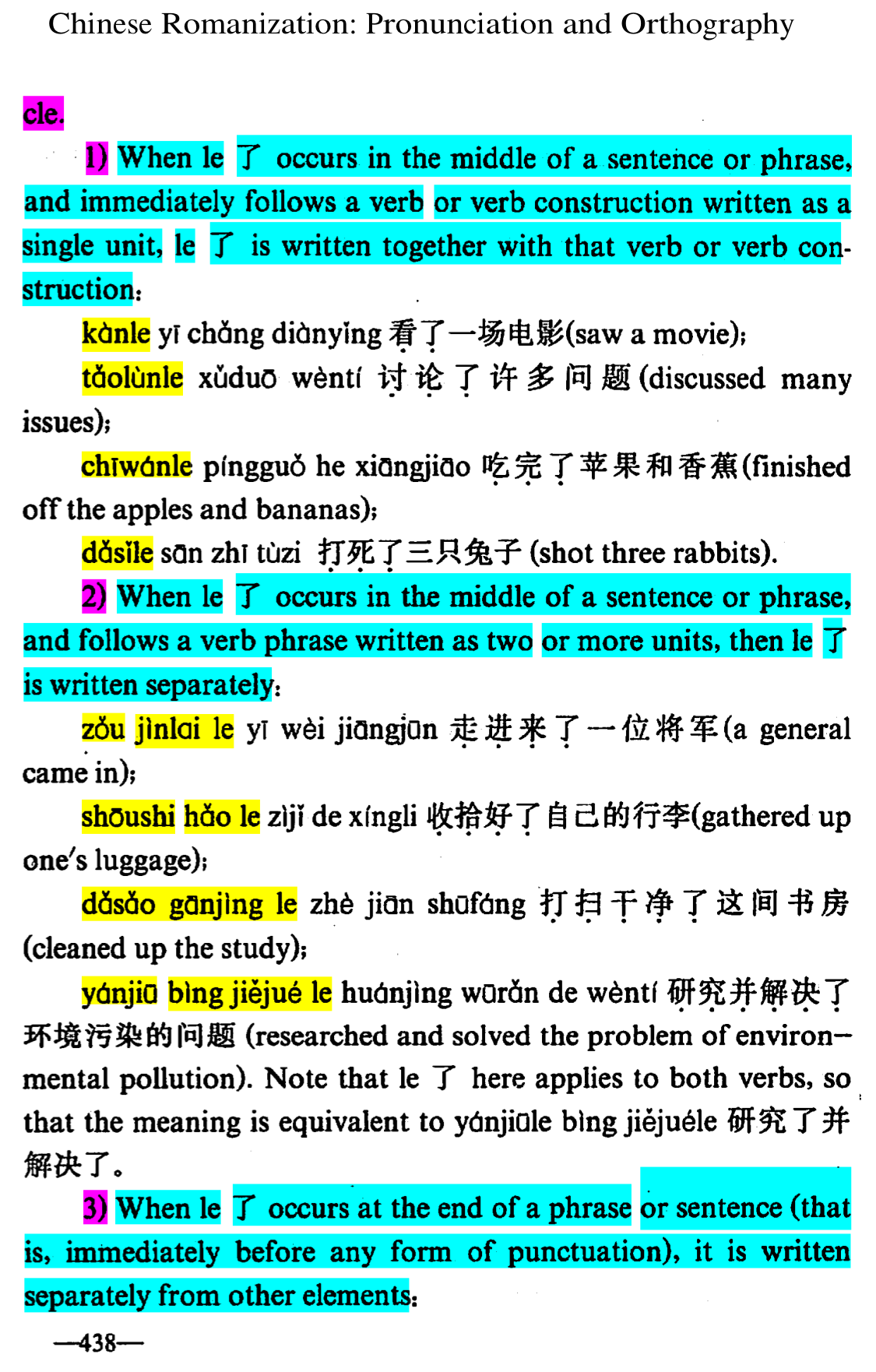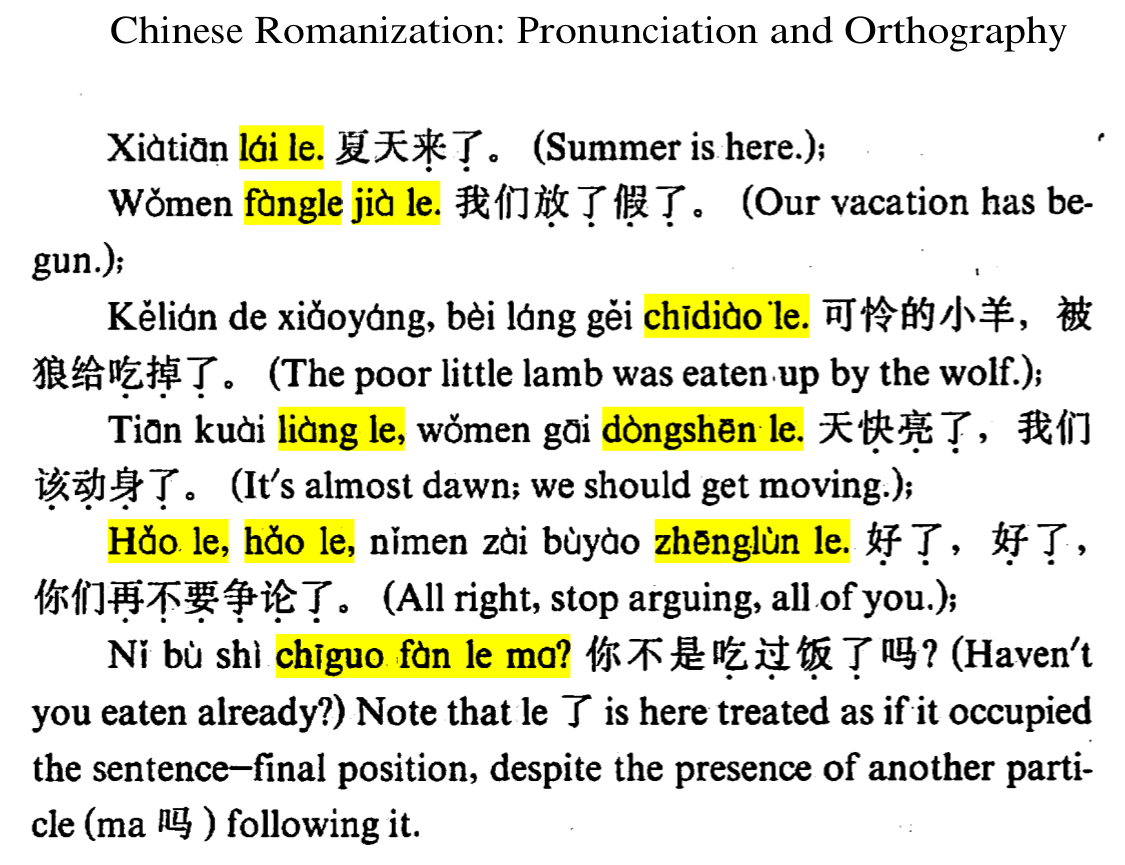shìwēi (shì·wēi {showing; indicating; revealing; manifesting; demonstrating [of]} · might; power; strength; force → [demonstrating (as a protest); marching; holding a demonstration | demonstration] 示威) kàngyì (kàng·yì resisting; fighting; opposing; defying · {discussing | commenting [on]; remarking [on]} → [protesting | protest (n)] 抗议 抗議) ← Tap/click to show/hide the “flashcard”
[Notes: Tap/click on a Pīnyīn (Pīn·yīn {Piecing Together of} · Sounds → [Pinyin] 拼音) expression to reveal its “flashcard”; tap/click on a “flashcard” or its Pīnyīn (Pīn·yīn {Piecing Together of} · Sounds → [Pinyin] 拼音) expression to hide the “flashcard”. 📖 📄 📘 icons mean 📖 Reveal All, 📄 Reveal Advanced, and 📘 Reveal None re all the “flashcards” in the heading, paragraph, etc. that they are placed at the beginning of.]
At the time of this writing, perhaps because of the pro-Palestinian protests taking place on campuses across the US, jw.org was featuring the Awake! article “Is Protest the Answer?”. Where the English version of this article uses the word “protest”, the Mandarin version (for which official Pīnyīn (Pīn·yīn {Piecing Together of} · Sounds → [Pinyin] 拼音) is available) uses this week’s MEotW, “shìwēi (shì·wēi {showing; indicating; revealing; manifesting; demonstrating [of]} · might; power; strength; force → [demonstrating (as a protest); marching; holding a demonstration | demonstration] 示威) kàngyì (kàng·yì resisting; fighting; opposing; defying · {discussing | commenting [on]; remarking [on]} → [protesting | protest (n)] 抗议 抗議)”. For example, the article’s title is rendered in English and Mandarin as follows:
English:
Is Protest the Answer?
Mandarin:
📖 📄 📘 Shìwēi (Shì·wēi Demonstrating · Strength → [Holding Demonstrations] 示威) Kàngyì (Kàng·yì Opposing · Commenting → [Protesting] 抗议 抗議) Néng (Can 能) Jiějué (Jiě·jué {Untie → [Solve]} · Decide → [Solve] 解决 解決) Wèntí (Wèn·tí Asking · Problems → [Problems] 问题 問題) Ma ([? ptcl for “yes/no” questions] 吗 嗎)?
Breakdown
The “shì (show; indicate; notify; instructing; reveal; manifest; demonstrate 示)” in “shìwēi (shì·wēi {showing; indicating; revealing; manifesting; demonstrating [of]} · might; power; strength; force → [putting on a show of force | demonstrating (as a protest); marching; holding a demonstration | demonstration] 示威)” can mean “show” or “demonstrate”, and other expressions in which it appears include “biǎoshì (biǎo·shì indicate; express · show 表示)”, “xiǎnshì (xiǎn·shì {to be evident/obvious} · show 显示 顯示)”, “shìfàn (shì·fàn {showing; demonstrating [of]} · pattern; model; example → [demonstrating; setting an example | demonstration] 示范 示範/范)”, and “Qǐshìlù (Qǐ·shì·lù {Opening → [Enlightening]} · Showing · Record → [Revelation] 启示录 啟示錄)”.
The “wēi (might; power; strength; force 威)” in “shìwēi (shì·wēi {showing; indicating; revealing; manifesting; demonstrating [of]} · might; power; strength; force → [putting on a show of force | demonstrating (as a protest); marching; holding a demonstration | demonstration] 示威)” means “might; power; strength; force”, and it also appears in expressions such as “quánwēi (quán·wēi authority · power 权威 權威)” and “wēixié (wēi·xié {(with) power} · {upper part of the human body → [coerce; force] → [threaten]} → [threaten; menace; imperil; intimidate] 威胁 威脅)”.
So, “shìwēi (shì·wēi {showing; indicating; revealing; manifesting; demonstrating [of]} · might; power; strength; force → [putting on a show of force | demonstrating (as a protest); marching; holding a demonstration | demonstration] 示威)” can mean “demonstration of strength”, as when people hold a demonstration to show how strongly supported their cause is. In different contexts, it can alternately mean “putting on a show of force”.
In “kàngyì (kàng·yì resisting; fighting; opposing; defying · {discussing | commenting [on]; remarking [on]} → [protesting | protest (n)] 抗议 抗議)”, “kàng (resist; fight; oppose; defy 抗)” means “resist; fight; oppose; defy”, and other expressions that use it include “dǐkàng (dǐ·kàng resist; withstand · {resist; fight; combat; defy} 抵抗)”, “duìkàng (duì·kàng facing · resisting 对抗 對抗)”, “fǎnkàng (fǎn·kàng {turn over → [oppose]} · resist 反抗)”, and “kàngjù (kàng·jù resist; fight; defy · resist; repel; {ward off} 抗拒)”. The other morpheme “yì (discussing; conferring; {exchanging views}; {talking over}; commenting; remarking [→ [(exchanged) opinion; view]] 议 議)” can mean “discuss” or “comment on”, and it’s also used in “jiànyì (jiàn·yì {build; construct → [propose; advocate]} · discussing → [propose; suggest; recommend] | {building; constructing of → [proposing; advocating of]} · discussing → [proposal; suggestion; recommendation] 建议 建議)” and in recent MEotW “zhēngyì (zhēng·yì contending · discussing [→ [dispute; controversy]] 争议 爭議)”.
So, “kàngyì (kàng·yì resisting; fighting; opposing; defying · {discussing | commenting [on]; remarking [on]} → [protesting | protest (n)] 抗议 抗議)” can mean something like “commenting about opposing”, and indeed, a protest is intended to make a statement about opposition to something.
Verbs? Nouns?
The two expressions “shìwēi (shì·wēi {showing; indicating; revealing; manifesting; demonstrating [of]} · might; power; strength; force → [putting on a show of force | demonstrating (as a protest); marching; holding a demonstration | demonstration] 示威)” and “kàngyì (kàng·yì resisting; fighting; opposing; defying · {discussing | commenting [on]; remarking [on]} → [protesting | protest (n)] 抗议 抗議)” can each be used on its own, but, as mentioned earlier, they are used together in the above-mentioned Awake! article to correspond with the English word “protest”. Interestingly, just as “protest” can be a verb or a noun, both “shìwēi (shì·wēi {showing; indicating; revealing; manifesting; demonstrating [of]} · might; power; strength; force → [putting on a show of force | demonstrating (as a protest); marching; holding a demonstration | demonstration] 示威)” and “kàngyì (kàng·yì resisting; fighting; opposing; defying · {discussing | commenting [on]; remarking [on]} → [protesting | protest (n)] 抗议 抗議)” can also be a verb or a noun.
Additionally, by analyzing it down to the morphemes, we can see that “shìwēi (shì·wēi {showing; indicating; revealing; manifesting; demonstrating [of]} · might; power; strength; force → [demonstrating (as a protest); marching; holding a demonstration | demonstration] 示威)”—which can literally mean “demonstrating strength”—has verb-object construction.
The ABC Chinese-English Dictionary, edited by John DeFrancis and Victor H. Mair, among others, says the following about verb-object construction in Mandarin:
V.O. (Verb-Object Construction, Dòng-Bīn Jiégòu 动宾结构).
Many English verbs get translated into natural Chinese as a verb plus an object noun, e.g. chīfàn for ‘eat’, shuōhuà for ‘speak’, etc. It is important for two reasons to know what is merely a verb in Chinese and what is actually a verb-object construction.
First, verb-object constructions can never take a second object, i.e. chīfàn can never be followed directly by something else to be eaten.
Second, a verb and its object can be separated from one another, thus allowing
(i) aspect particles to be placed directly after the verb, e.g. chīle fàn ‘after finishing eating’;
(ii) modification of the object, e.g. chī Zhōngguófàn ‘eat Chinese food’; and
(iii) quantification of the noun, e.g. chīle sān wǎn fàn ‘ate three bowls of rice’. See also Stative Verb (S.V.).


